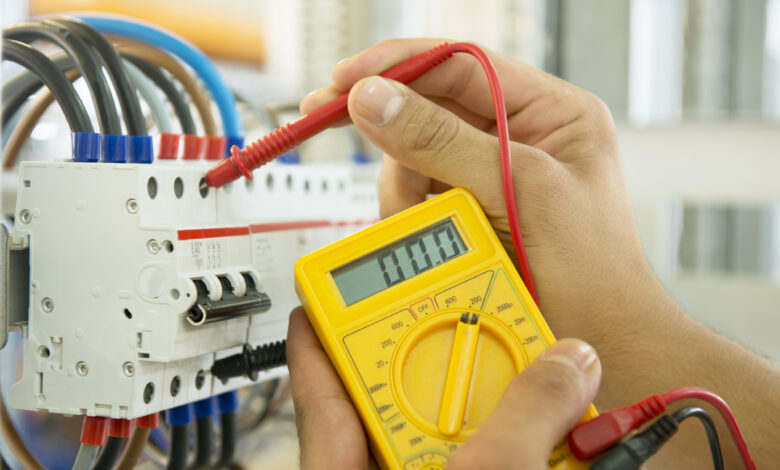5 Signs That Your Furnace Has Electrical Problems

As the chill of winter sets in, the last thing anyone wants is for their home heating to falter. Your furnace is the heart of your home’s heating system, but it’s not infallible — electrical issues can arise that compromise its performance or even pose safety hazards.
It’s essential to recognize early symptoms of electrical problems so that you can address them before they escalate. In this guide, we will look at the 5 telltale signs that indicate your furnace may be experiencing electrical difficulties, helping you to maintain a warm and safe home environment.
Your furnace might need a check-up if you spot signs of electrical issues. Check out Diamondback Plumbing’s heating services for assistance.
- Frequent blown fuses
Just mentioning it may seem innocuous, but sometimes, all it takes to restore your furnace’s operation is a visit to the circuit breaker box. Your home’s fuses monitor power levels within its system and are designed to break if too much voltage runs through — they may have even been accidentally turned off when changing light bulbs!
If a fuse blows, replace it immediately with one that matches. Next, open your furnace access panel, locate the pilot light assembly and use a match or lighter to relight it quickly; this ensures gas doesn’t escape too rapidly from your unit.
- Your furnace won’t turn off
Your furnace should turn on and off regularly to maintain an ideal home temperature; if it doesn’t turn off at all, it could indicate serious problems in your heating system.
Check the settings on your thermostat first and foremost. If they’re too high, this may prevent the blower from shutting off. Try lowering this setting to see if that resolves the problem.
Another possible cause may be that your ductwork has become blocked due to pet bedding or furniture obstructing it; this could cause your system to run continuously; therefore, it is wise to perform regular duct maintenance checks to prevent this from happening again.
Sometimes, a simple solution may resolve your issue, like cycling the power switch on and off. If this doesn’t do it for you, call in a technician who may also diagnose a pilot light issue.
- Your furnace won’t turn on
If your furnace doesn’t start up, first make sure that its nearby power switch (which looks similar to a light switch) is activated. Children, pets and house cleaning can often turn these switches off accidentally; simply flicking back on should get gas flowing again and your heating system running again.
If the problem lies elsewhere, your furnace might need to be professionally cleaned. Over time, soot and carbon deposits can accumulate on the metal rod inside your furnace to sense flames for safety reasons; this prevents the gas valve from opening to start the ignition process.
Cleansing your flame sensor is a straightforward DIY task. After turning off both power and gas to your furnace, remove its front panel and locate its sensor/ignitor. Use medium-grain sandpaper to rub across its probe to clean it thoroughly and gently.
- Strange smells emitting from your furnace
When you detect unusual odors coming from your furnace, it’s important not to ignore them as they could signal an underlying electrical issue. A burning smell, in particular, may indicate that the insulation on the furnace’s wiring has worn away, leading to exposure of electrical components and their overheating.
This not only results in a distinctive odor but could also pose a fire hazard if left unchecked. If you notice a persistent electrical burning smell, it’s crucial to shut off your furnace immediately and contact a professional. Remember, any unexpected smells should be investigated promptly to ensure the safety and functioning of your home heating system.
Final thoughts
In conclusion, staying vigilant for these signs of potential electrical problems in your furnace is essential for sustaining a safe and warm home during the colder months. It’s always best to consult with a qualified technician if you encounter any of these issues to prevent further damage or safety risks.



